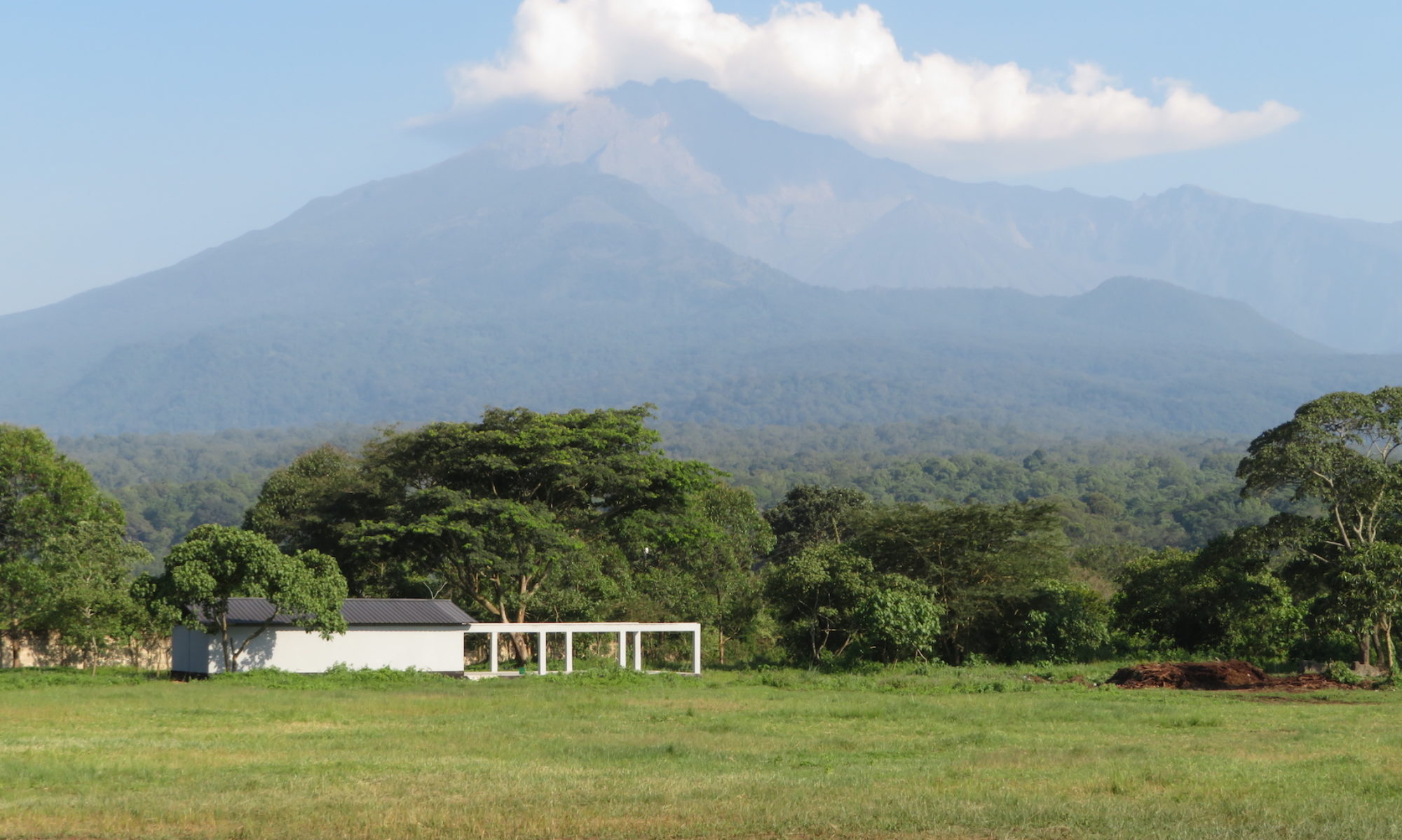“Skywatchers are in for an end-of-year treat. What has become known popularly as the “Christmas Star” is an especially vibrant planetary conjunction easily visible in the evening sky over the next two weeks as the bright planets Jupiter and Saturn come together, culminating on the night of Dec. 21.”
“In 1610, Italian astronomer Galileo Galilei pointed his telescope to the night sky, discovering the four moons of Jupiter – Io, Europa, Ganymede, and Callisto … Thirteen years later, in 1623, the solar system’s two giant planets, Jupiter and Saturn, traveled together across the sky. Jupiter caught up to and passed Saturn, in an astronomical event known as a ‘Great Conjunction.'”
Read the full article at:
www.nasa.gov/feature/the-great-conjunction-of-jupiter-and-saturn
“From our vantage point on Earth the huge gas giants will appear very close together, but they will remain hundreds of millions of miles apart in space. And while the conjunction is happening on the same day as the winter solstice, the timing is merely a coincidence, based on the orbits of the planets and the tilt of the Earth.”
The distance between the two largest planets in our solar system is at their very closest positions 4.3x greater than the distance from our nearest star (the Sun) to Earth (4.3 x ~90 million miles):
socratic.org/questions/how-far-away-is-jupiter-from-saturn
A few tips from NASA on how to photograph the conjunction:
solarsystem.nasa.gov/news/1615/how-to-photograph-the-conjunction-of-saturn-and-jupiter/
